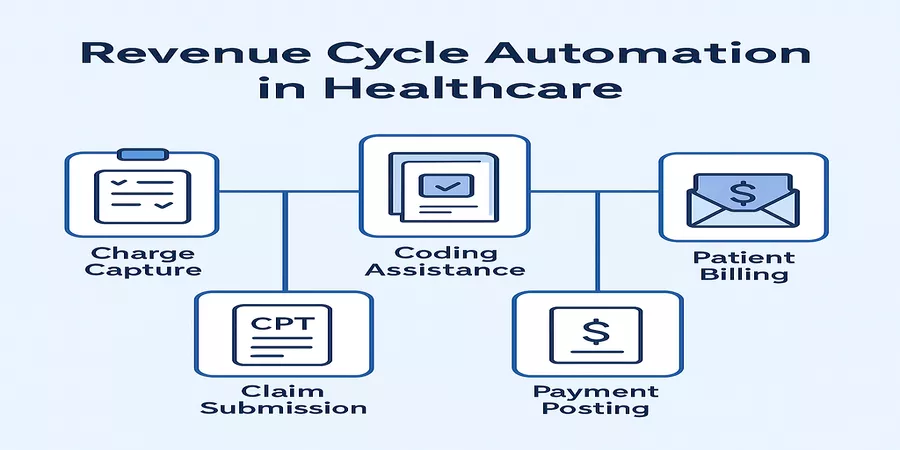In the digital age, virtual care has emerged as a transformative force in healthcare. Combining technology with patient-centered services, it provides accessible, efficient, and cost-effective solutions. From telemedicine to remote monitoring, virtual care is reshaping how healthcare is delivered.
This article explores the benefits of virtual care and its promising applications for the future.
What is Virtual Care?
Virtual care encompasses a wide range of digital healthcare services, including teleconsultations, remote patient monitoring, and mobile health apps. Unlike traditional in-person visits, virtual care leverages technology to provide medical advice, treatment, and monitoring from a distance.
Key Benefits of Virtual Care
- Improved Accessibility
Virtual care eliminates geographical barriers, making healthcare accessible to individuals in rural or underserved areas. Patients can connect with healthcare providers from the comfort of their homes, reducing the need for long travel times.
For example, telemedicine platforms allow patients to consult specialists without needing to visit urban centers.
- Enhanced Convenience
Scheduling appointments, waiting in clinics, and commuting can be time-consuming. Virtual care streamlines this process by offering on-demand services.
Patients can book consultations online, access their medical records, and even receive prescriptions digitally. This convenience enhances the overall patient experience.
- Cost Savings
By reducing hospital visits and travel expenses, virtual care can significantly lower healthcare costs for patients and providers. Remote monitoring also helps manage chronic conditions more efficiently, preventing expensive emergency interventions. - Continuity of Care
Virtual care ensures continuous support for patients, particularly those with chronic diseases. Remote monitoring devices enable healthcare providers to track vital signs and intervene when necessary.
For instance, patients with diabetes can use wearable devices to monitor blood sugar levels, with data shared in real-time with their doctors.
- Safety During Pandemics
The COVID-19 pandemic underscored the importance of virtual care. It allowed patients to access medical services while minimizing exposure to the virus. Telehealth became an essential tool for managing non-emergency cases during lockdowns.
Future Applications of Virtual Care
- AI-Powered Virtual Assistants
Artificial intelligence (AI) is set to play a significant role in virtual care. AI-powered chatbots and virtual assistants can provide instant answers to patient queries, schedule appointments, and even analyze symptoms for preliminary diagnoses. - Remote Surgery with Robotics
Advances in robotics and 5G connectivity will enable surgeons to perform remote surgeries. This innovation will make specialized surgical procedures available to patients in remote locations. - Mental Health Support
Virtual care platforms are increasingly being used for mental health services. Online counseling and therapy apps offer patients privacy, flexibility, and access to a wide range of mental health professionals. - Chronic Disease Management
Future applications of virtual care will focus on managing chronic diseases through predictive analytics and personalized care plans. For instance, AI-driven insights can help anticipate health complications and recommend timely interventions. - Virtual Reality (VR) in Rehabilitation
Virtual reality is finding applications in physical therapy and rehabilitation. VR-based exercises can simulate real-world scenarios to aid recovery and improve mobility.
Challenges and the Way Forward
While virtual care offers immense potential, challenges such as data security, internet connectivity, and digital literacy must be addressed. Policymakers and healthcare providers must collaborate to ensure equitable access to virtual care services.
Conclusion
Virtual care is not just a trend—it’s a paradigm shift in healthcare delivery. By leveraging technology, it bridges gaps in access, enhances patient experiences, and reduces costs. As innovation continues, virtual care promises to redefine the future of healthcare, making it more inclusive and efficient.
Healthcare professionals, policymakers, and tech innovators must work together to unlock its full potential and ensure that virtual care benefits everyone.
















